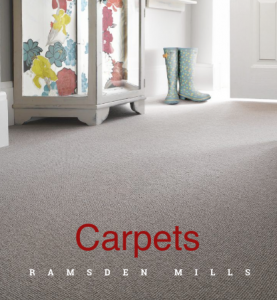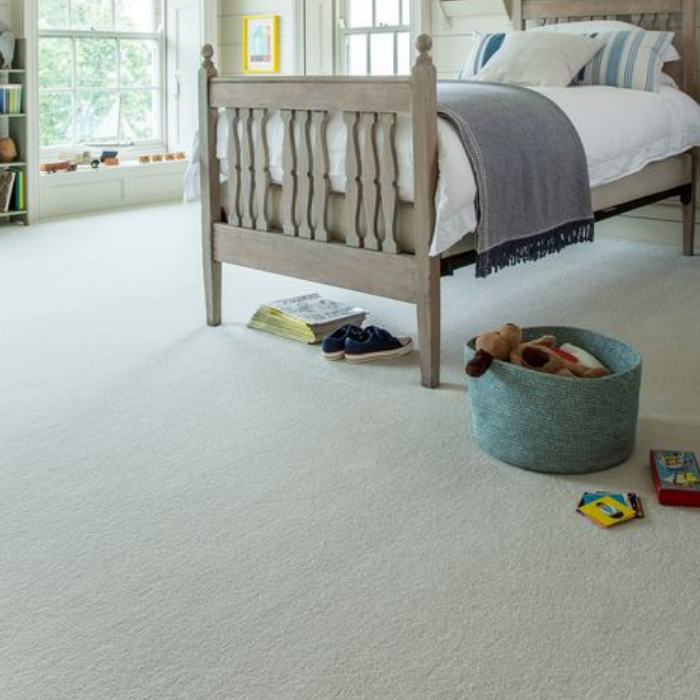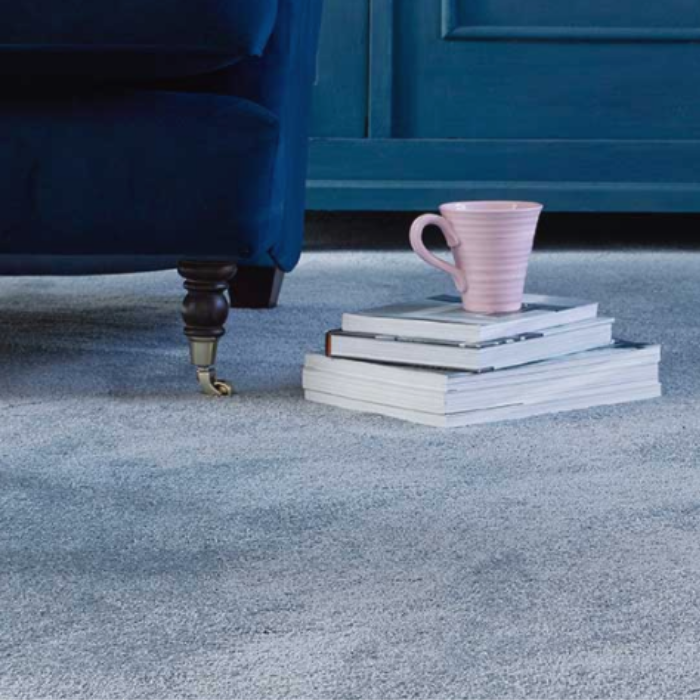Todays Carpets
With advances in manufacturing technology, 95% of all carpet produced today is tufted. It takes about an hour to make a roll of carpet that might take about eight hours to weave. To make tufted carpet, hundreds of yarn-threaded needles are oushed through the primary backing fabric to form loops or tufts, which may be left as is or cut. A heavy adhesiver is applied to hold the tufts in place and a secondary backing is usually glued on for strength and stability. A wide variety of styles and textures can be created using various techniques.
Loop Pile
Berber – Berber carpets look like and are named after a handmade, bulky wool carpet made by the berber tribes of North Africa and Asia. The loops are made from thick or bulky yarns of wool, nylon, polypropylene or a blend of these fibres to give a cushioned effect underfoot. These carpets are available in an assortment of colours and maybe flecked and can be either level loop or multilevel loop.
Level loop
When all the loops are of the same height, a fairly flexible and durable carpet is created which has a natural, casual appearance even when (commonly) it is made from synthetic fibres. The tight loop texture tends to hide marks so it’s a good blend between luxury and practicality.
Multi-level loop
The loops vary to two or sometimes three loop heights to create informal, random textures which are very forgiving for marks and stains and therefore very suitable for high traffic areas and busy family rooms.
Bonded
Bonded carpets (sometimes called ‘fibre bonded’ or ‘fusion bonded’) are created by firing fibres into an adhesive material – the fibres are not stitched into the backing in any way. The technique is principally used for commercial carpet tiles.
Cut Pile
Freize or frisee (pronounced free-say) carpets are similar to saxony, but the yarns are more tightly twisted and should always be heat set. They have a dense, low pile surface which creates a coarse, pebbly texture. Frieze carpets are very durable and hide footprintsa, dust and dirt, which makes them suitable for heavy traffic areas.
Shag Pile – Shag pile has varied in popularity. The pile is up to 50mm long and the texture is casual and loose but the surface can flatten easily and may lack durability.
Saxony – Saxony textures are made of twisted yarns, which should be heat set. The tips remain very distinct, rather than blending together to form a very elegant finish. Saxony textures show footprints and vacuum marks so are suitable for more occasional rooms in the home. More textured variations improve the practicality of saxonies.
Twist – The most popular twist carpet is the cut-pile standard. The yarn is tightly twisted and often heatset to retain this feature and the result is a versatile, textured finish that is ideal for plain colours.
Velvet – Velvet textures (sometimes called ‘velour’ or ‘plush’) all have a level surface pile of approx 5mm to 10mm height, which is then sheared to give a smooth finish. With very little twist in the yarn, the ends blend together which then further enhances the overall finish. The carpets tend to ‘shade’ with heavy use. Footprints show easily and the colour looks different from place to place because the fibres lying in different directions reflect the light differently. A luxury for occasional rooms.
Cut And Loop
When some of the pile is cut and other left as loop, a variety of surface textures can be created (in a variety of colours). The multi-level surface is excellent for hiding footprints and stains so cut and loop is good for high traffic areas and general purpose rooms in the home.






